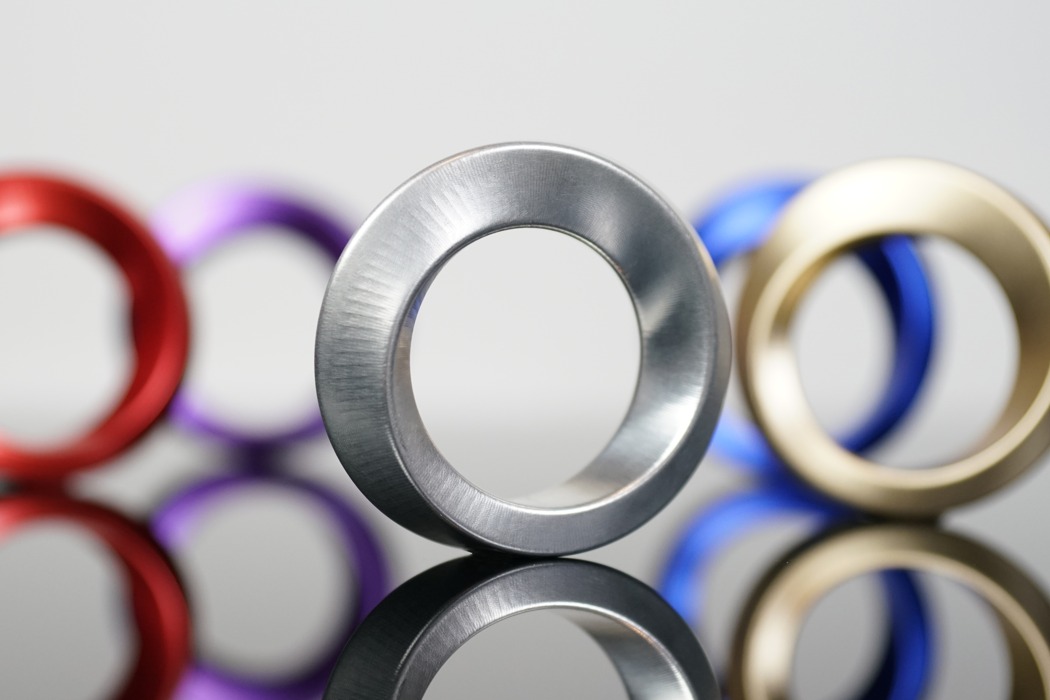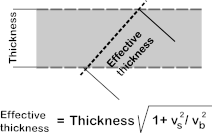As a rule, my sci-fi has no force fields. This is interesting, because every type of shielding that would normally have no mass are restricted to be physical devices. The most notable I'm working on is a type of defensive device I call "guardian rings", although they are technically metallic bands rotating around the user. This is essentially further bulletproofing on top of kevlar vests and body armour.
Guardian rings are wearable metallic bands, that when active start rotating around the user at high speeds (500 RPM or higher). The bands are made with a ferrous or otherwise magnetic component in their alloy that allows them to be magnetized. By the flick of a switch a persons armour generates a magnetic field that accelerates the bands while keeping them at a safe distances from the wearers body. Otherwise the armour provides some protection from potential friction as well. While not in use the bands are pressed against the wearers body armour (flexible metal strips are in order).
Now, I wonder if such a device could offer proper protection from bullets.
The goal of the rings is to deflect (potentially reflect) incoming projectiles. Ideally the projectiles get caught in the bands and are redirected towards the attackers general direction, discouraging use of firearms. Although I doubt this would work on larger caliber projectiles it might at least deflect them away from the user. Worst case scenario the bands (being metal) offer mild protection from attacks. They can also decapitate a human in close combat. Pretty cool, right?
A normal ring won't do. Behold! Möbius strips (or rings):
A shape with only one side reminiscent of the symbol for infinity. Its practical use is in conveyer belts, due to wearing all sides equally (makes sense as they only have one side). Guardian rings would thus rotate, deflect or catch a projectile which then revolves with the rings and gets shot back. Or something... Reality-check this please.



